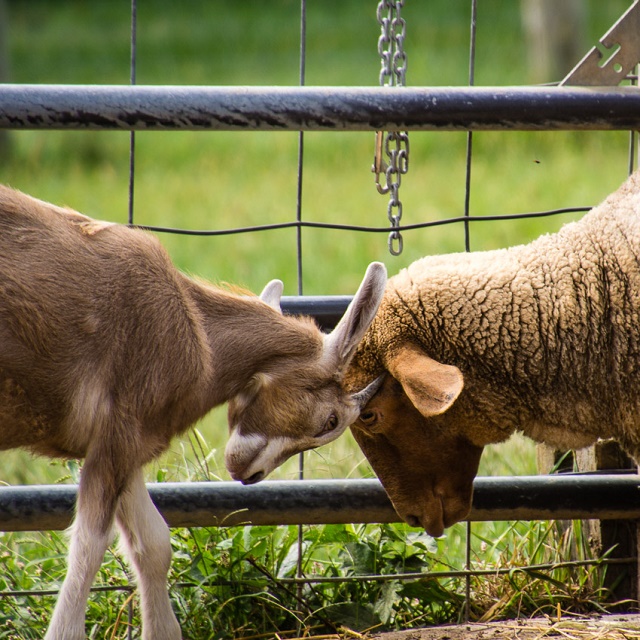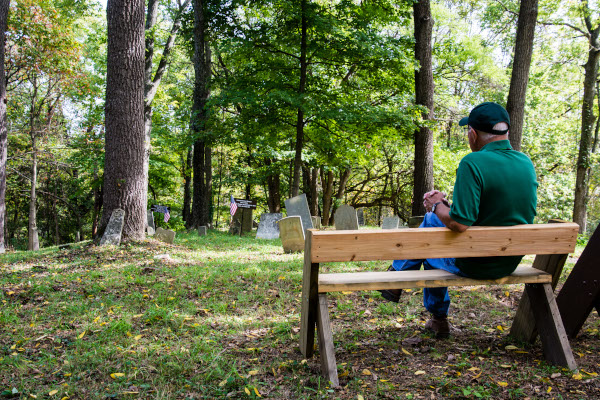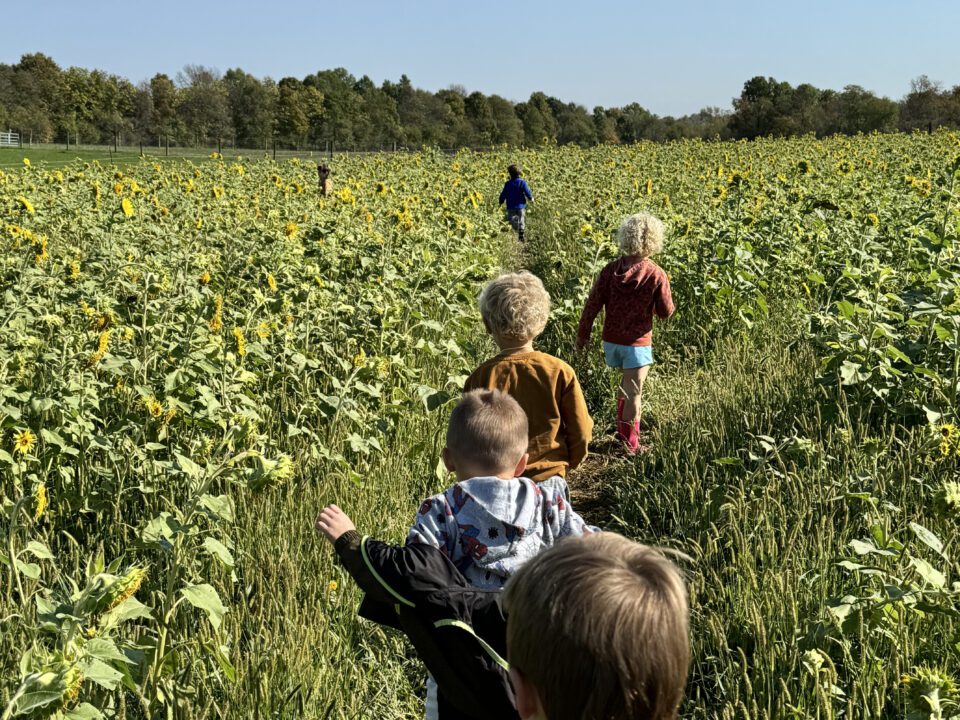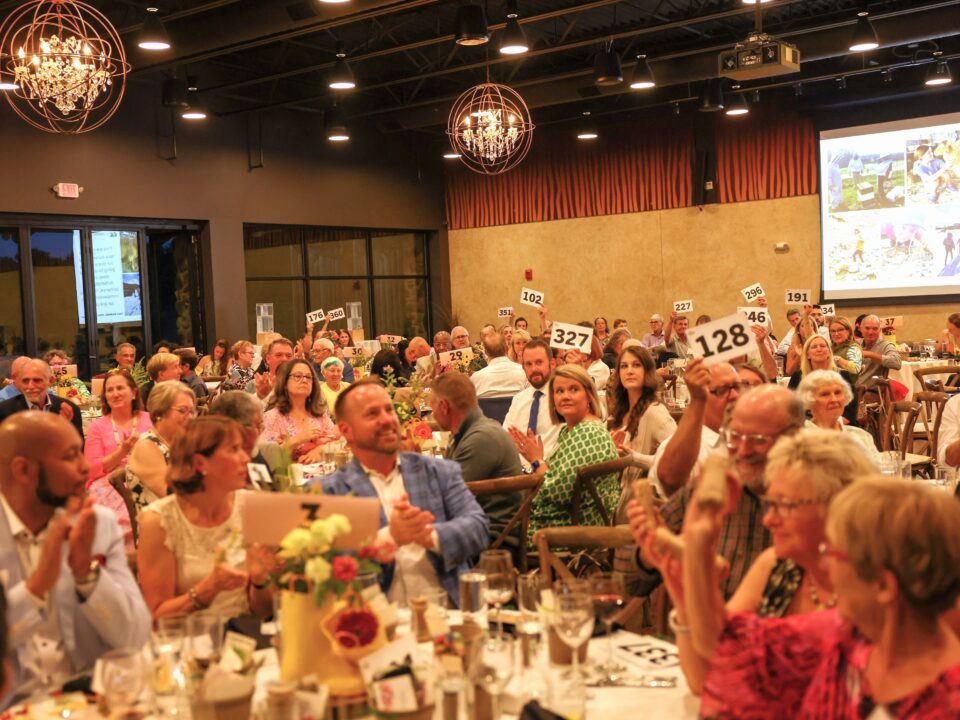
DIVERSITY AT STRATFORD KEEPS FARMER BUSY
September 21, 2019
THE GOVERNOR AND HIS FAMILY DISCOVER STRATFORD ECOLOGICAL CENTER
November 16, 2019It feels good to be outside at Stratford Ecological Center on Liberty Road after the first frost of the season, and revel in this week’s Indian Summer with temperatures in the sixties. The cooler nights quickly caused the leaves to change color, especially the maples which seem more brilliant this year.
The Farm hands have increased their working days at Stratford to ensure the boardwalk to the vernal pool and the new haybarn are completed before the weather changes.
It is going to be necessary this year to buy in round hay bales to supplement our own small bales. They will be stored in the machine shed for easy transport to the animal barn. Space was created by removing the elderly combine used to harvest spelt. It now sits near the driveway for the school children to climb on or take a turn in the driver’s seat. And they certainly do climb on it, like monkeys, and relish the novelty, while hawk-eyed adults discreetly monitor the situation!
Once school tours end in early November, we plan to send the combine to Sims the scrap dealer. It will be a nostalgic moment, but it’s time to let it go. There are mechanical problems that could never be resolved, and because of the change in weather patterns we need to bale the crop to make hay, rather than combine the seed. We still need to buy in spelt seed and include it with the hay to make a balanced ration for our chickens and pigs.
Farmer Jeff planted spelt, an ancient wheat; red clover and timothy grass on October 8 in 1.5 acres of field 3, and 5 acres in field 8. He waited until the Hessian fly-free date for planting wheat, barley and rye in Delaware County, late September. By this time the final infestation of flies, who live for only a few days and lay eggs on new growth, are dead. Their eggs turn into larvae who eat the tops and weaken the shoots, then remain dormant over the winter, only to attack the stalks in the spring causing them to fall over. By following this advice Hessian fly problems in Ohio have all but disappeared.
Field 8 is one of the furthest fields from the farm, adjacent to Rt.23. It had been in permanent pasture for many years and cut for hay, but weeds took over. The clover will increase fertility resulting in a healthy spelt crop with an underlying growth of timothy that will stifle the weeds and become hay.
Neighboring field 9 was also taken out of permanent pasture. After discing Farmer Jeff used a Cultipacker, a type of roller with ridges that creates groves in the soil for better water
absorption. This will break down any clots and smooth out the soil before he broadcasts rye seed as a cover crop.
We continue to rely on our bird population to control insects on our crops, and ensure our livestock and visitors are more comfortable during hot weather. Paula Ziebarth oversees the operation of the nest boxes and the volunteers who monitor them weekly. There are now 60 artificial gourds located on rigs near the pond providing nesting for Purple Martins. We also have 42 wooden nest boxes for Eastern Bluebirds and Tree Swallows in the prairie and dotted around the farm. This year was the second best in 11 years of monitoring birds fledged, with 179 Purple Martins, 34 Bluebirds and 104 Tree Swallows. We are grateful to Paula, Bill & Becky Swoager, Shawna Stambaugh and Don Prouty.
A Friend of Stratford brought in three boxes of mixed acorns to share with our three pigs. In the old days it was common practice for pigs to graze in the forest and feast on acorns in the fall. The acorns are nutritious and influence all areas of pig growth, so Farmer Jeff is divvying them out slowly for best results. The pigs smell the acorns and use their discretion which to eat first and which to save for later!
Rusty the Ram was held in a heavily fortified holding pen until October 15, when he joined the twenty ewes for breeding. This was the first year we have been able to hold him beyond early October, as he continually broke out and we would give in and let him stay with the ewes. Hansel, aka Houdini, a thirty pounds buck kid who escapes through the smallest gap, was housed with Rusty but had to mind his p’s and q’s as he knew it would be unwise to make Rusty mad.
Legend the Buck is grazing in the back yard. He may remain there until he is turned in with the seven nanny goats on November 1, unless we make the decision to do so earlier and for the first time have lambs and kids born together in mid-March. Three young bucks need to be sold at auction because they have developed an obnoxious “buck” smell much earlier than usual and the processor will not take them! They will hopefully fetch around $50, nearly as much as if sold as meat.
The Harvest Fair is behind us now with archery, fishing, and horse-drawn hayrides the biggest draw. The Delaware City based child-size puppets “Kids on the Block” made a debut appearance to share their message of kindness; they were directed by Janet Lehr, a familiar supporter of Stratford. It showered again on the October 11 fall family campfire but not for long, and the hotdogs and marshmallows were successfully roasted before a fun half hour of guitar music and singing by past education intern Alex D’Amore Braver and his friend. The monthly groups still meet, the children’s programs continue, and the trees would no doubt love to show off their colors so please feel free to visit and check us out.
Pauline Scott is a farm and nature guide at Stratford Ecological Center, 3083 Liberty Road, Delaware. She can be reached at 740 363 2548 or by email at info@stratfordecologicalcenter.org or Website StratfordEcologicalCenter.org





